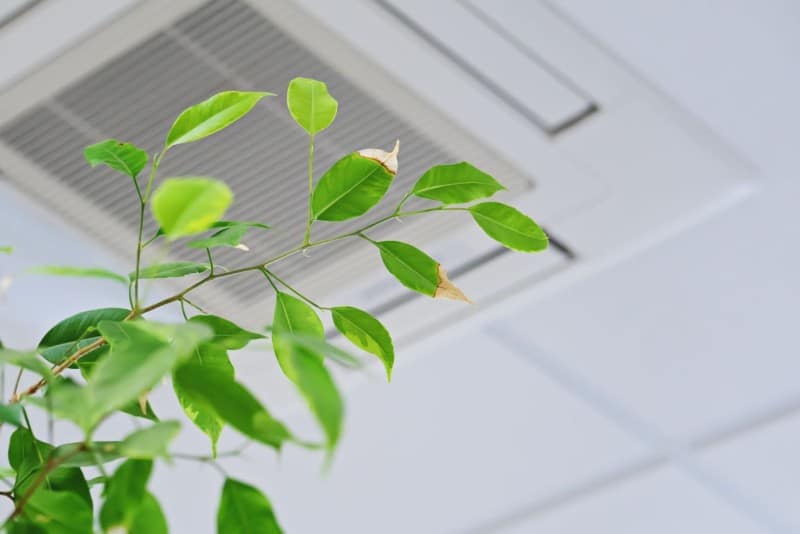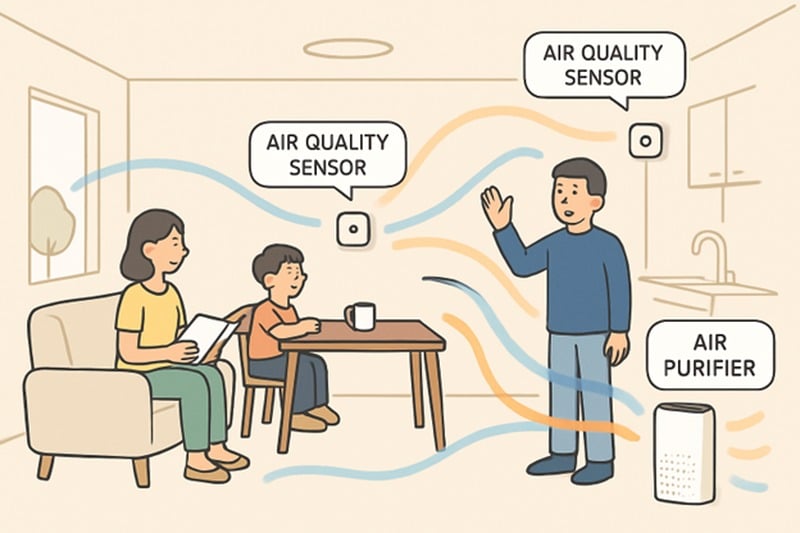Indoor air quality (IAQ) is a significant concern for health-conscious individuals, businesses, and policymakers, as people spend up to 90% of their time indoors. Innovative approaches like advanced air purification and enhanced monitoring shape indoor living and work. As 2024 progresses, IAQ advancements are becoming essential in building design, management, and home improvement projects, driven by regulatory momentum and consumer demand for next-generation technologies.
Smart Technology Integration
Smart technology is revolutionizing indoor air quality monitoring and control. Advanced sensors track carbon dioxide, VOCs, particulate matter, temperature, and humidity, providing real-time data for homeowners and facility managers. In addition to these tools, specialized solutions like radon mitigation services address less visible but equally hazardous contaminants. Integration with home automation systems triggers air purifiers or adjusts ventilation, while some systems can sync with smartphone apps. According to the EPA, these advancements reduce indoor contaminants, ensuring health and productivity.
Government Initiatives and Regulations
Governments are focusing on improving indoor air quality (IAQ) in public and private buildings. The U.S. government has updated ventilation guidelines, filtration system requirements, and educational resources to reduce airborne diseases and improve cognitive function. Regulatory agencies are encouraging routine assessments in public spaces to protect vulnerable populations. Recent policies aim to integrate IAQ enhancements into building certification programs and long-term urban planning. The EPA’s Indoor AirPlus home labeling program is also being updated.
Advancements in Air Purification
Air purification technology has evolved beyond traditional HEPA filters, incorporating UV-C light, photocatalytic oxidation, ionization processes, and activated carbon filters to combat various contaminants. These innovations improve respiratory health and reduce illness transmission. Air purifiers are now portable, smart, and quiet, suitable for homes, offices, and classrooms, supporting the growing demand for cleaner, safer air.
Focus on Health and Well-being
The COVID-19 pandemic has heightened global focus on indoor air quality (IAQ) and its impact on occupant health. Wellness and sustainability certifications like WELL and LEED now require stringent IAQ criteria. Organizations and homeowners view IAQ improvements as long-term investments in preventative health care. Innovative design solutions, like biophilic interiors and circadian lighting, create health-oriented indoor spaces, with the WELL Building Standard promoting healthier environments.
Sustainable and Green Solutions
Sustainability is driving the adoption of eco-conscious innovations in indoor air quality (IAQ) strategies, such as low-VOC materials, efficient ventilation, and smart energy management systems. Green building certifications promote renewable resources and non-toxic materials, benefiting individuals and communities by reducing ecological footprints.
Customization and Personalization
Indoor air quality (IAQ) management is becoming more personalized, considering residents’ sensitivities, room usage, and environmental conditions. This approach is especially beneficial for families with children, elderly residents, and those with chronic health conditions. As technology advances, data becomes more precise, ensuring high air quality, safety, and comfort standards. As lifestyles evolve, trends shaping indoor air quality in 2024 are crucial for promoting physical health and overall well-being. Adopting smart technologies, sustainable practices, and science-backed IAQ interventions is essential for a healthier indoor environment.


